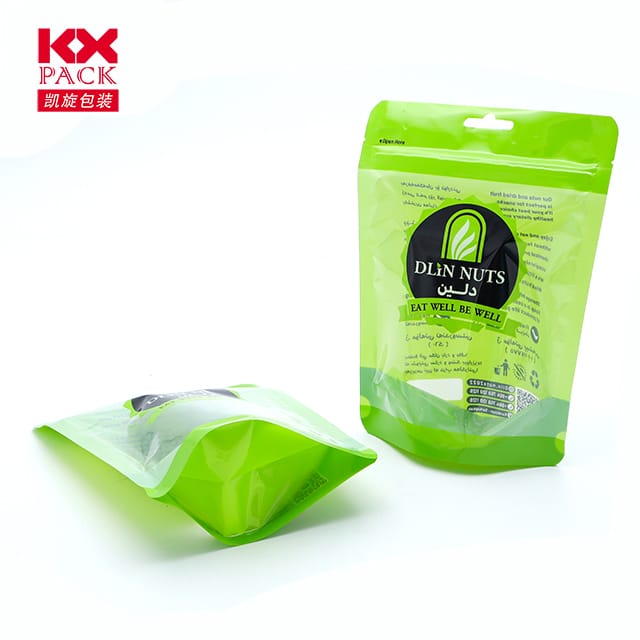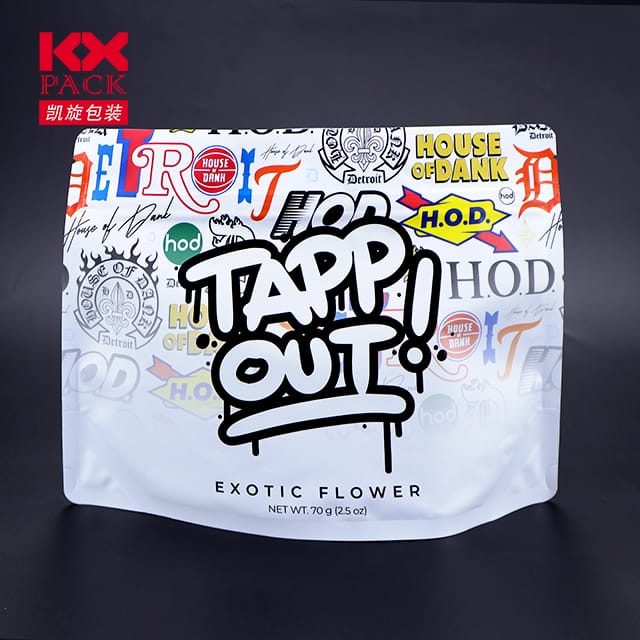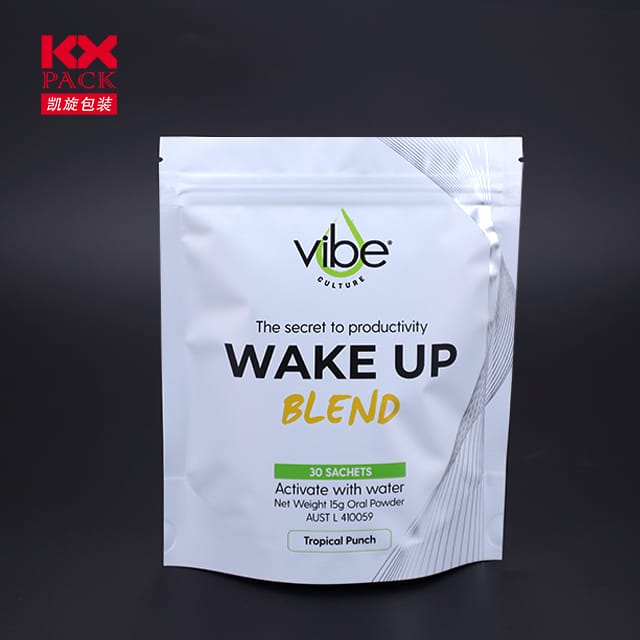آینده فیلم های بسته بندی: نوآوری ها, پایداری, و فراتر از 2)
فیلم های بسته بندی
معرفی
In a world where sustainability and functionality are king, فیلم های بسته بندی نقش مهمی در محافظت از محصولات دارند, افزایش جذابیت قفسه, و کاهش تأثیرات زیست محیطی. از حفظ مواد غذایی گرفته تا ایمنی دارویی, اینها نازک, مواد انعطاف پذیر برای تأمین نیازهای متنوع مهندسی شده اند. اما با توجه به نگرانی های روزافزون در مورد زباله های پلاستیکی و در حال تحول خواسته های مصرف کننده, the future of packaging films is poised for a revolution. Let’s explore the latest trends, نوآوری ها, and challenges shaping this dynamic industry.
1. Types of Packaging Films: A Primer
Packaging films come in various forms, each tailored to specific applications:
- Plastic Films: Traditional polyethylene (پلی اتیلن), پلی پروپیلن (PP), and PVC dominate due to their durability and cost-effectiveness.
- فیلم های تخریب پذیر: Made from plant-based polymers (به عنوان مثال, پلا, PHA) یا مواد قابل کمپوست, these reduce landfill burden.
- Barrier Films: Designed to block moisture, اکسیژن, or UV light, ideal for perishables or sensitive electronics.
- Shrink Films: Heat-activated to conform tightly around products for tamper evidence and product stability.
- فیلم های ویژه: Include anti-fog, antimicrobial, or conductive coatings for niche applications.
2. Key Industries Driving Demand
- Food & نوشیدنی: Extends shelf life, ensures hygiene, and enables portion control. Think snack packs, fresh produce wraps, and beverage pouches.
- Healthcare: Sterile packaging for medical devices, داروهای دارویی, and IV bags.
- E-Commerce: Durable films protect goods during shipping and enhance unboxing experiences.
- الکترونیک: Static-resistant films safeguard sensitive components.
3. پایداری: The New Frontier
The global push for eco-friendly solutions is reshaping the packaging film landscape:
- Bioplastics & Compostables: Brands like Danone and Nestlé are adopting PLA-based films for dairy and water bottles.
- Circular Economy Models: Recyclable films made from post-consumer waste (PCR) reduce virgin plastic use.
- Chemical Recycling: Emerging technologies break down mixed plastics into raw materials for new films.
- Regulatory Pressure: EU’s Single-Use Plastics Directive and similar policies worldwide are phasing out non-recyclable films.
4. Innovation Highlights
- بسته بندی هوشمند: Films embedded with sensors or QR codes track freshness, temperature, or authenticity.
- Active Packaging: Releases preservatives (به عنوان مثال, antioxidants) to extend food shelf life.
- Nanotechnology: Enhances barrier properties with nano-clays or silver nanoparticles for antimicrobial effects.
- 3D Printing: Customizable, on-demand packaging reduces material waste.
5. چالش ها و فرصت ها
- هزینه در مقابل. پایداری: Biodegradable films are pricier than conventional plastics. Scaling production could drive down costs.
- Infrastructure Gaps: Recycling facilities for advanced films (به عنوان مثال, multilayer barriers) are limited.
- آموزش مصرف کننده: Clarifying labels (به عنوان مثال, “home compostable” vs. “industrially compostable”) prevents greenwashing.
نتیجه
Packaging films are no longer just about protection—they’re about innovation, responsibility, and resilience. As industries balance performance with planet-friendly practices, we’re likely to see more hybrid materials, closed-loop systems, and tech-driven solutions. برای مشاغل, investing in sustainable packaging isn’t just ethical—it’s a strategic move to meet evolving regulations and consumer preferences.
FAQs
- Are biodegradable films truly eco-friendly? آره, but only if disposed of in industrial composting facilities.
- Can recycled films match the performance of virgin plastics? Advances in PCR technology are narrowing the gap.
- What’s the next big thing in packaging films? Look out for edible films (به عنوان مثال, seaweed-based wraps) and self-healing materials.
The future of packaging films is bright, انعطاف پذیر, and increasingly green. What innovations would you like to see in this space? Share your thoughts below! 🌱📦






